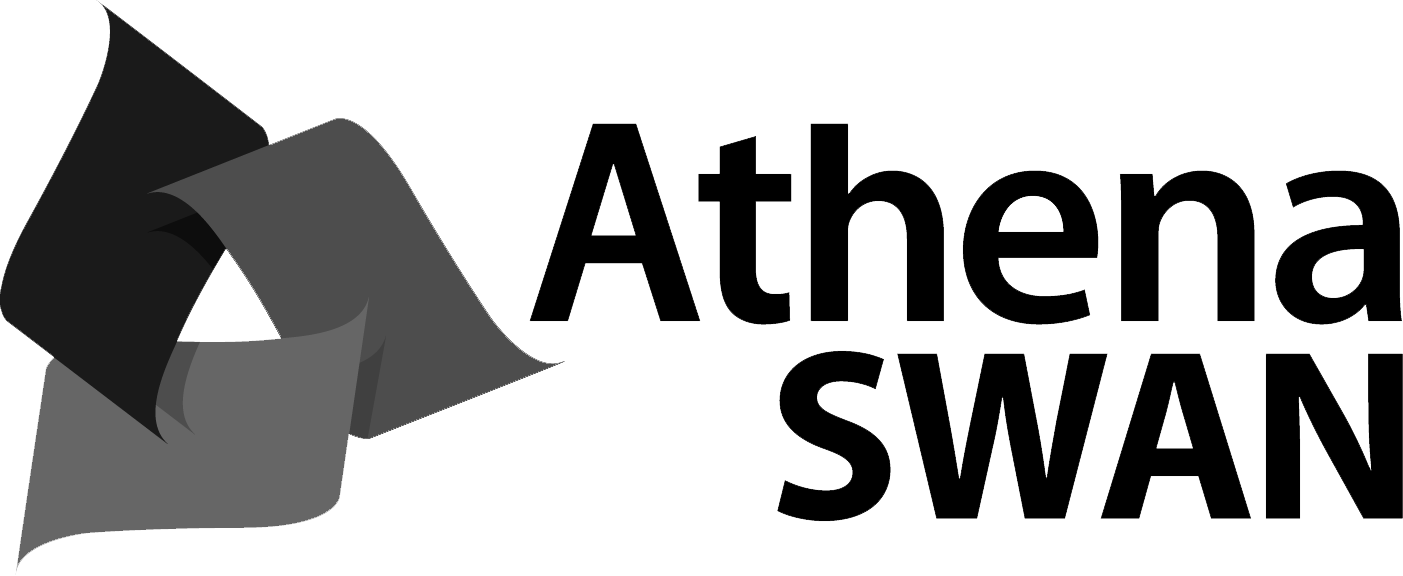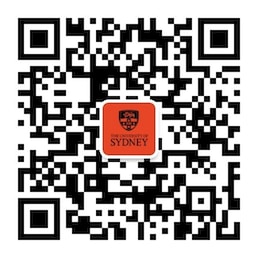Livestock Practice will develop deep learning approaches to solving problems of ruminant (mainly bovine, but also ovine and caprine) production, and reproduction. In addition to lectures and practical classes, it uses a case-based approach to deliver group case studies on-line for student presentations, known as TILHAP's (teaching innovations in livestock health and production). These cases require integration of pathological and epidemiological investigative skills to provide evidence based solutions in the management of disease and productivity problems in a 'whole farm' setting. The course is designed to advance student learning in preparation for the intramural and extramural clinical placements encountered in final year. The practical classes will continue to build the confidence of students in handling large animals in rural mixed and public practice settings.
Unit details and rules
| Academic unit | School of Veterinary Science Academic Operations |
|---|---|
| Credit points | 6 |
| Prerequisites
?
|
VETS6101 and VETS6102 and VETS6103 and VETS6104 and VETS6105 and VETS6106 and VETS6107 and VETS6108 and VETS6201 and VETS6202 and VETS6203 and VETS6204 and VETS6205 and VETS6206 and VETS6207 and VETS6208 and VETS6301 and VETS6302 and VETS6303 and VETS6304 and VETS6305 and VETS6306 and VETS6307 |
| Corequisites
?
|
None |
|
Prohibitions
?
|
None |
| Assumed knowledge
?
|
None |
| Available to study abroad and exchange students | No |
Teaching staff
| Coordinator | Jennie Mohler, jennie.mohler@sydney.edu.au |
|---|---|
| Demonstrator(s) | David Palmer, david.palmer@sydney.edu.au |
| Chani Barrett, chani.barrett@sydney.edu.au | |
| Albert Tsang, albert.tsang@sydney.edu.au | |
| Stuart Glover, stuart.glover@sydney.edu.au | |
| Dini Hapukotuwa, dini.hapukotuwa@sydney.edu.au | |
| Lecturer(s) | Sam Rowe, samuel.rowe@sydney.edu.au |
| Om Dhungyel, om.dhungyel@sydney.edu.au | |
| Luke Ingenhoff, luke.ingenhoff@sydney.edu.au | |
| Eduardo Uquillas, eduardo.uquillas@sydney.edu.au | |
| John House, john.house@sydney.edu.au | |
| Mark Krockenberger, mark.krockenberger@sydney.edu.au | |
| Imke Tammen, imke.tammen@sydney.edu.au | |
| Christopher Grupen, christopher.grupen@sydney.edu.au |





